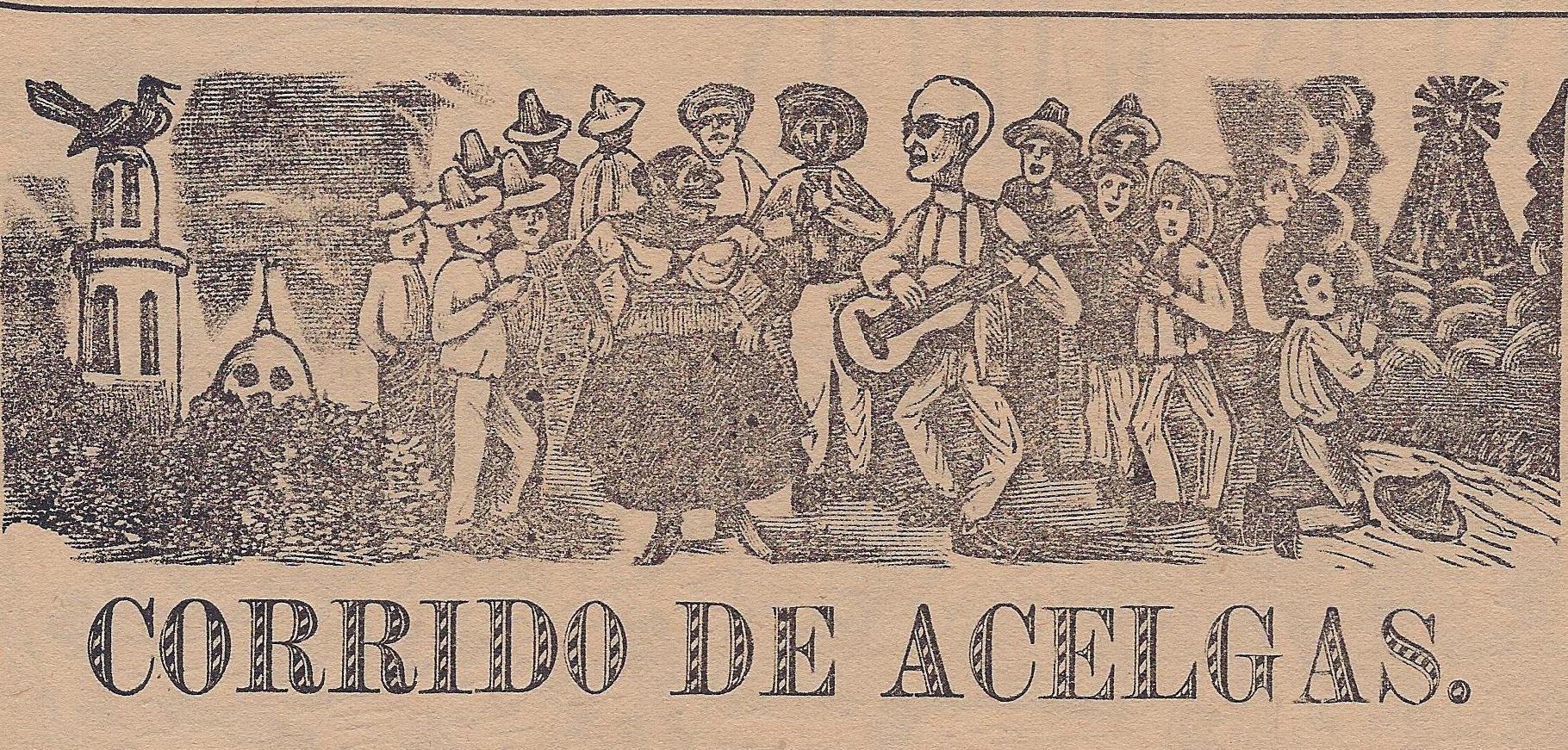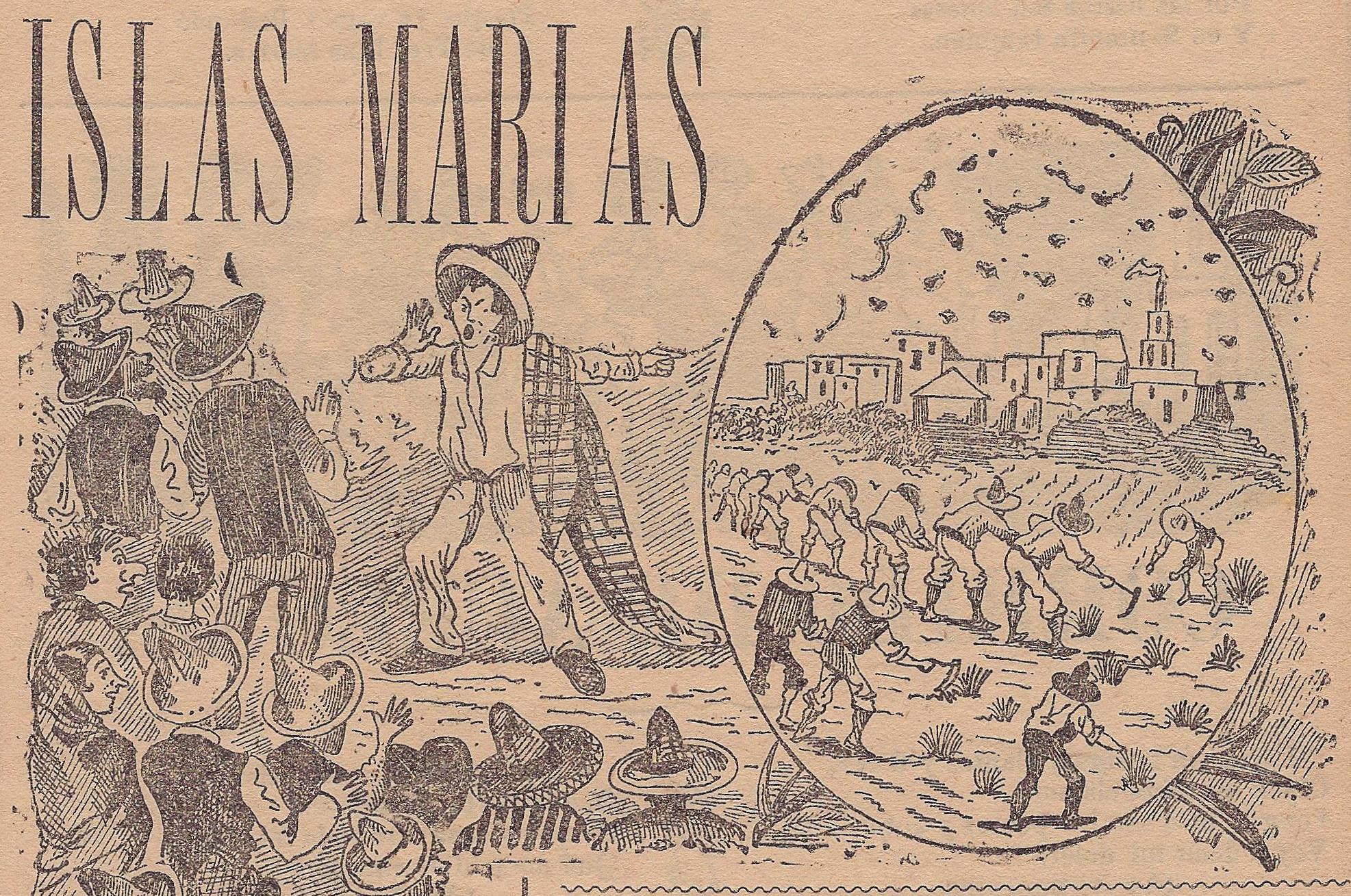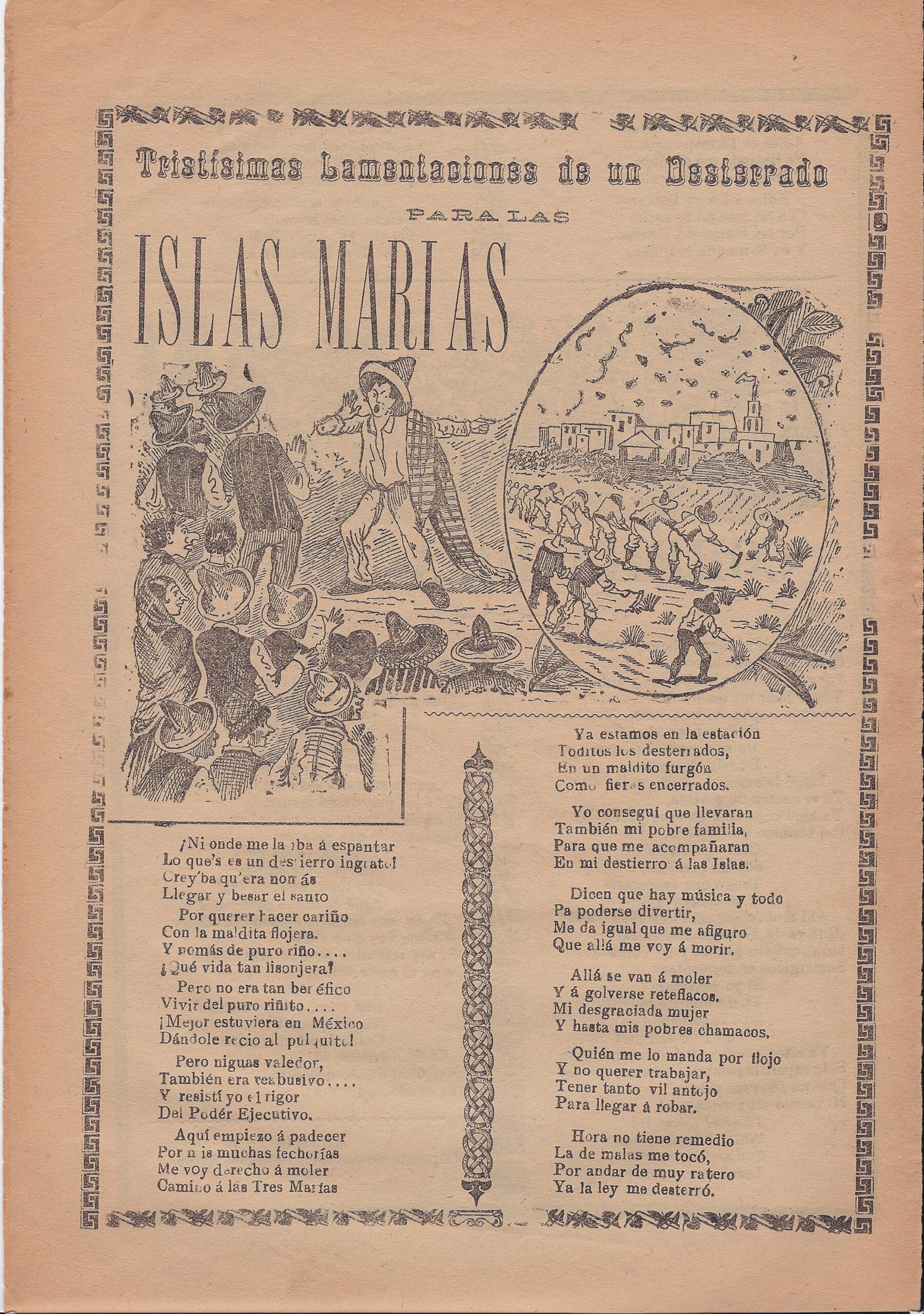Tristísimas Lamentaciones de un Desterrado Para las Islas Marías
and
Corrido de Acelgas
Jose Guadalupe Posada
Broadsheet
Engraving on paper
12 x 8"
1908
Sold
Description
Jose Guadalupe Posada Historic Broadside Chepito Acelgas & Exiled Mexico 1908
Ejemplar original de la Gaceta Callejera titulado “Tristísimas Lamentaciones de un Desterrado Para las Islas Marías” y “Corrido de Acelgas” mostrando a Don Chepito Mariguano tocando la guitarra y bailando. Grabados originales de José Guadalupe Posada. Impreso por Antonio Vanegas Arroyo en México DF en 1908. Parte de la colección del Museo de la Basílica de Guadalupe. La primera es un poema desde el punto de vista de un reo que ha sido envíado a la prisión de Islas Marías y el segundo, la letra de una canción popular de fines del siglo XIX.
During the Porfirian era in Mexico, prisons held a prominent place in the justice system. Two of the most important institutions of that time were the National Penitentiary and the Islas Marías, each with its particular focus. The National Penitentiary, inaugurated in 1900, was based on the idea of Jeremy Bentham's Panopticon, where inmates lived under constant observation. Positivist science argued that old-style prisons encouraged criminal behavior, so a "point system" was implemented to instill the idea that good behavior leads to happiness, both in prison and in life.
In contrast, the Islas Marías, a penal colony initiated in 1908, sought to geographically isolate criminal elements, considered corrupting to society. However, both the National Penitentiary and the Islas Marías were known for their unsanitary conditions, poor food, and inhumane treatment. The reform of the prison system in Mexico had been a debated issue since the 18th century, but significant improvements wouldn't be achieved until the 1960s.
Don Chepito Mariguano is a popular and humorous character in Mexican culture, especially in the northern part of Mexico. He is portrayed as a likable and somewhat carefree man, occasionally associated with marijuana use, adding a touch of irreverent humor. This character is often used in jokes, anecdotes, or humorous stories that play with the idea of a relaxed and friendly individual, which is part of Mexico's rich humor tradition. It's important to note that Don Chepito Mariguano is a fictional and humorous character and does not represent any real person.
Questions or comments
You can email any questions or comments you may have about this treasure. Fill out the contact form and we will reply to you as soon as possible.



